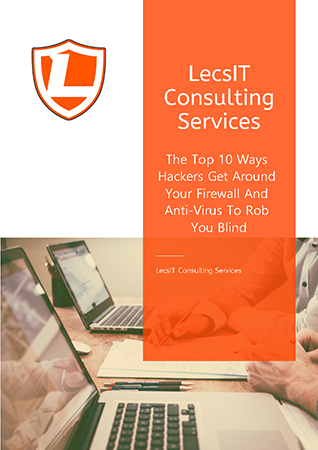
The landscape of college life has evolved dramatically since our own days of academia. Once marked by shuffling between classrooms clutching a notebook and pencil, today's students wield not just one, but often two or three devices at their fingertips. In this digital era, the threat of online data and photo breaches looms large.
The alarming reality is that while contemporary college students typically consider themselves tech-savvy "digital natives," research from Atlas VPN revealed that Gen-Zers and millennials—precisely those most immersed in technology—are the groups most susceptible to falling victim to phishing scams.
Starkly illuminating this vulnerability, the National Cybersecurity Allianceshared that a staggering 20% of Gen-Z individuals have experienced identity theft at least once.
Here are a few of the disconcerting tactics employed by cybercriminals to target this demographic:
- Unpaid Tuition Deception: Scammers deploy fabricated emails that falsely assert outstanding tuition payments, warning of enrollment consequences unless settled.
- Fraudulent Financial Aid Platforms: Fake websites purportedly offering financial aid, grants, or scholarships cleverly coax personal data or unleash malware upon unsuspecting visitors.
- Bogus Public Wi-Fi Networks: Hackers establish counterfeit Wi-Fi networks in public spaces, intent on extracting passwords and private data from users upon connection.
- Social Media Deception: Scams conducted through social media platforms harvest private information to fuel either hacking endeavors or the establishment of fraudulent accounts.
- Blackmail via Compromised Photos: Cybercriminals infiltrate phones or social media profiles to purloin photos, later exploiting this stolen content for monetary gain.
Regrettably, the list of such tactics is extensive.
How do tech-raised students fall prey to these schemes? Several key reasons contribute to this susceptibility:
- Hacker Awareness Gap: Recognizing that students are often inadequately educated about cyber threats due to their prior exposure to school or parental computer security measures, hackers seize this knowledge disparity.
- Social Media Comfort Zone: Having grown up with social media, students are more at ease divulging private information—an attribute that malicious entities eagerly exploit.
- Limited Credit History: The lack or minimal credit history among students affords cyber scammers a smoother route to establishing accounts under the students' names.
- Proliferation of Devices: With an array of connected devices—phones, laptops, tablets, watches—students present hackers with multiple entry points.
- Distractions of College Life: Preoccupied with academics and social interactions, students often overlook cyber security concerns, creating a prime environment for cybercriminal infiltration.
What steps can be taken to mitigate these risks?
While our organization offers robust cybersecurity solutions and round-the-clock monitoring to safeguard the businesses we collaborate with, what about the safety of your children as they embark on their educational journeys, far from the watchful eyes of home?
Clearly, setting up camp at college to oversee their cyber practices isn't a feasible option. Nevertheless, equipping them with the knowledge to identify threats and providing them with tools and resources for self-defense is paramount.
Consider these 14 proactive measures your college-bound child can adopt to fortify their resilience against cybercrime:
- Invest in reputable virus and spyware protection, running weekly scans.
- Never defer updates; enable automatic updates on devices.
- Maintain updated browsers, extensions, and operating systems.
- Regularly back up data to the cloud to avert loss in the event of an attack.
- Refrain from entering credit card details on insecure websites (HTTPS:// only!).
- Avoid public Wi-Fi; opt for personal hotspots or VPNs on the go.
- Exercise caution with phishing scams; refrain from clicking links or attachments, conducting searches instead.
- Utilize robust, unique passwords and leverage a password manager.
- Routinely clear cookies to minimize potential entry points for hackers.
- Download software and apps exclusively from trusted sources.
- Implement multifactor authentication for added security.
- Lock devices and avoid password sharing, even with acquaintances.
- Cover webcams using stickers, tape, or paper to prevent unauthorized access.
- Register devices with the educational institution in case of theft.
Review this checklist with your children! Upon entering college, cyber security may not be a top concern, but the potential repercussions of falling victim to cybercrime could be detrimental during such a pivotal phase of life.
Embracing cybersecurity measures necessitates just a few minutes of mindful effort, yet these lessons are critical in an era when nearly all aspects of our lives intertwine with technology. The risks posed by cybercrime are only anticipated to grow.
If your organization seeks comprehensive cybersecurity training akin to this but tailored for employees, enabling them to grasp the intricacies of risks and best practices, we're here to assist. Start by securing a FREE Cybersecurity Risk Assessment through this link.



